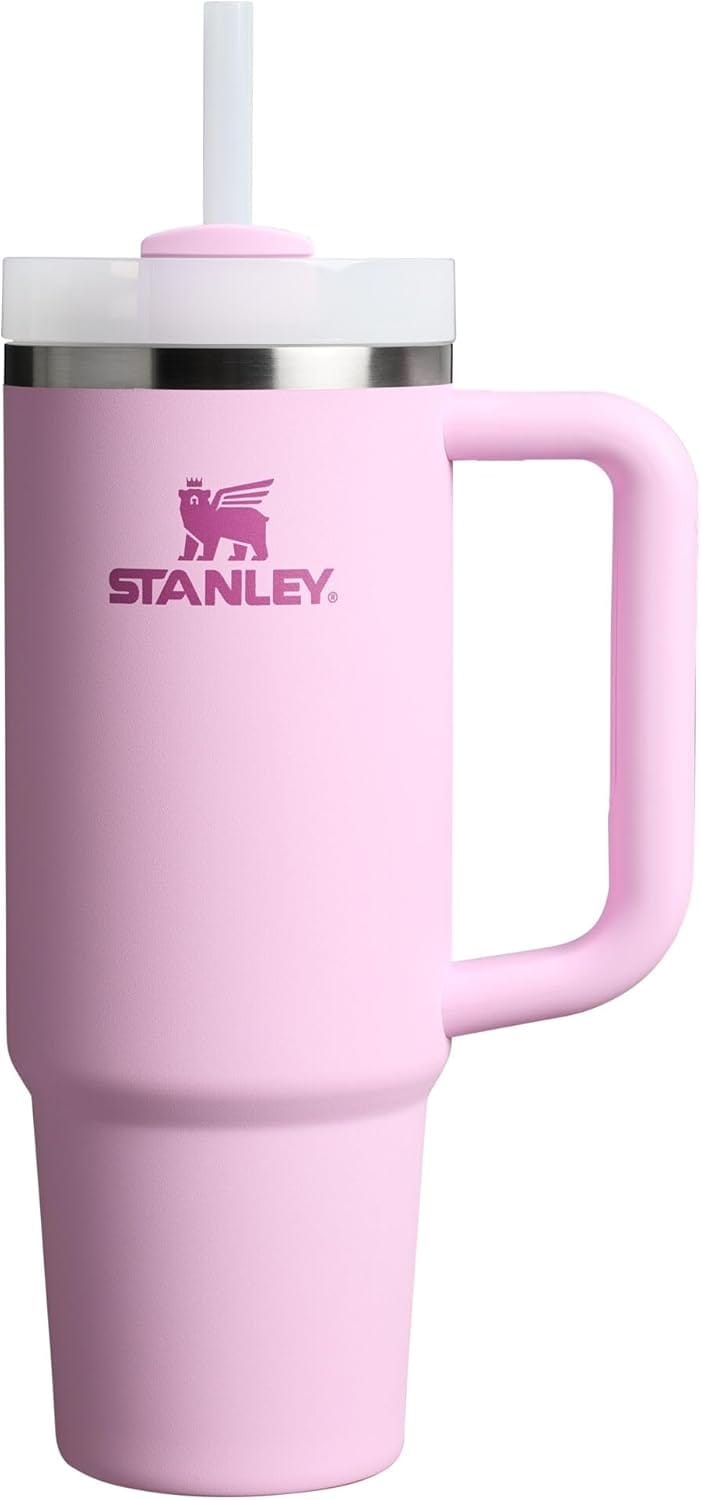Where is Piedmont?
Piedmont is located in the northwestern part of Italy, nestled at the foot of the Alps. It borders France to the west and Switzerland to the north, making it one of Italy’s most picturesque regions. The capital city, Turin (Torino), is known for its rich history, and culture, and as a hub of Italian gastronomy. The region’s varied climate and topography create ideal conditions for viticulture, setting the stage for its acclaimed wine production.
What Makes Piedmont Significant in the World of Wine?
Piedmont is often regarded as one of Italy’s premier wine regions, renowned for its quality and diversity. Its significance in the wine world stems from several factors:
Terroir Diversity: The region features a range of microclimates and soil types, contributing to the complexity of its wines.
Noble Grapes: Piedmont is home to some of Italy’s most prestigious grape varieties, particularly Nebbiolo, which thrives in this unique terroir.
Heritage and Tradition: With a long history of winemaking that dates back to Roman times, Piedmont has cultivated a wine culture that emphasizes quality and craftsmanship.
What Are the Noble Grapes of Piedmont?
The noble grapes of Piedmont include:
Nebbiolo: The flagship grape of the region, known for its complexity and aging potential.
Barbera: A versatile grape that produces fruity and approachable wines.
Dolcetto: Known for its easy-drinking style, with lower acidity and soft tannins.
Arneis: A white grape variety that produces aromatic and refreshing wines.
What does Nebbiolo mean and what are its characteristics?
The name “Nebbiolo” is believed to derive from the Italian word “nebbia,” meaning fog. This refers to the foggy conditions that often envelop the vineyards in the Langhe region during harvest time, which are ideal for the grape’s development.
Characteristics of Nebbiolo:
Nebbiolo is celebrated for its unique flavor profile and structure. It typically exhibits:
Aroma: Floral notes (like rose and violet), cherry, truffle, and tar.
Flavor: Red fruit, leather, and earthy undertones with a high acidity and robust tannins.
Color: A pale to medium ruby hue.
So what are the differences between Nebbiolo, Langhe Nebbiolo, Barbaresco, and Barolo?
Nebbiolo: A general term for the grape variety, offering diverse expressions depending on the terroir and winemaking style.
Langhe Nebbiolo: A designation for Nebbiolo wines produced outside the prestigious Barolo and Barbaresco zones. These wines are typically more approachable and meant for earlier consumption.
Barbaresco: A DOCG (Denominazione di Origine Controllata e Garantita) wine made from Nebbiolo grapes grown in the Barbaresco region. It is known for its elegance and balance, often showing softer tannins than Barolo.
Barolo: Also a DOCG wine, Barolo is made from Nebbiolo grapes grown in the Barolo region. It is often referred to as the “king of wines” due to its power, complexity, and aging potential. Barolo typically has more pronounced tannins and a richer flavor profile compared to Barbaresco.
What are the best food pairings for Nebbiolo?
Nebbiolo’s high acidity and tannin structure make it a fantastic partner for food. Here are some excellent pairings:
Red Meats: Grilled or roasted meats, especially lamb or beef, complement the wine’s bold flavors.
Game: Dishes featuring game meats, such as venison or duck, work well with Nebbiolo’s earthy notes.
Pasta with Rich Sauces: Hearty pasta dishes, particularly those with meat sauces, enhance the wine’s complexity.
Aged Cheeses: Pairing Nebbiolo with aged cheeses like Parmigiano-Reggiano or Castelmagno creates a delightful culinary experience.
Now, put your curiosity & knowledge to the test:
Now that you’ve explored the fascinating world of Piedmont and its wines, it’s time to put your knowledge into practice. Your assignment: Conduct a tasting of Langhe Nebbiolo, Barbaresco, and Barolo’s offerings.
Take notes on the differences in flavor, aroma, and structure among the three wines. Consider how the terroir and winemaking techniques influence each wine’s character. Report back with your discoveries, and enjoy the journey through Piedmont’s exquisite wine landscape! I look forward to hearing from you.






